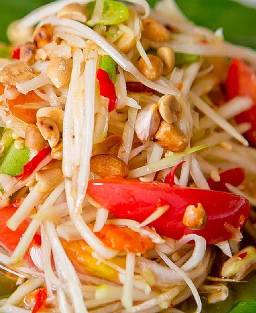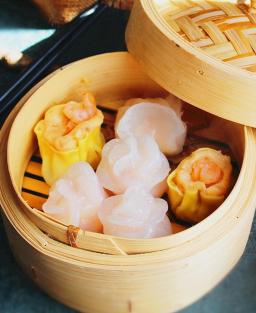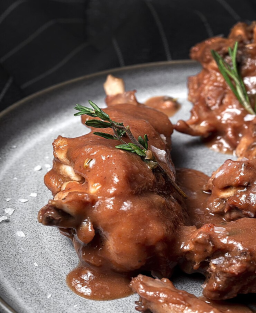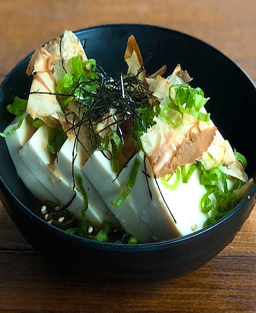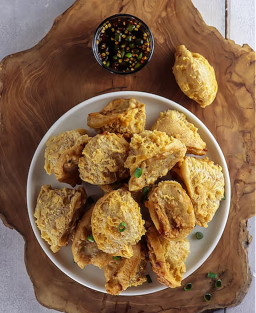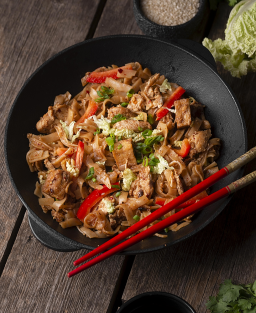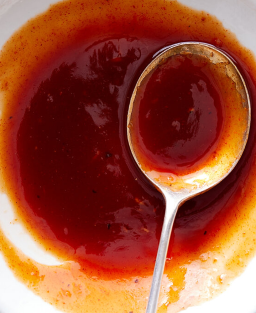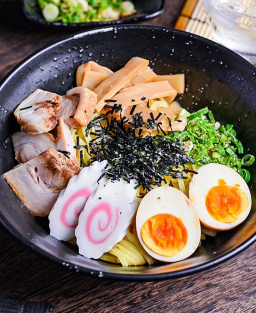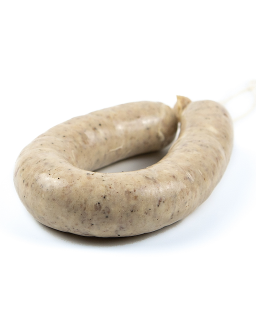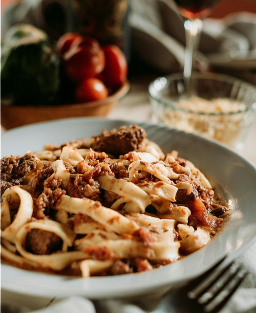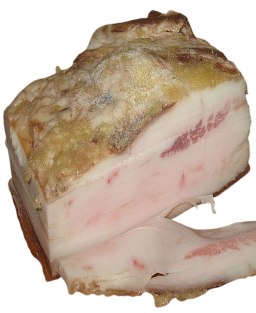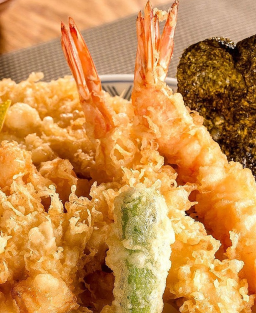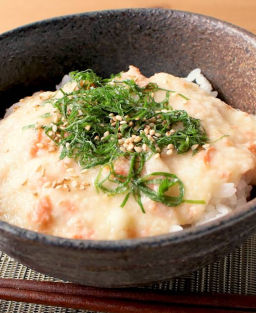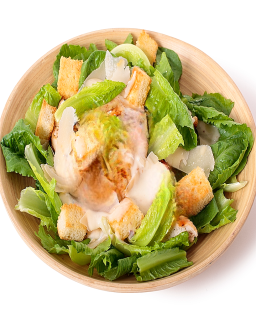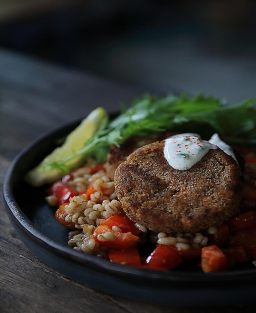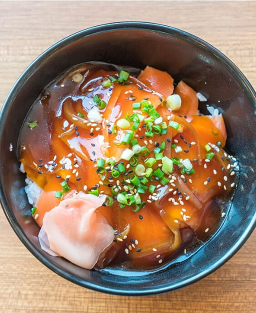- Out-of-Stock
Traditional Thai Green Papaya Salad (Som Tam ส้มตำ): Origin, Recipe, and Regional Variants
Probable origin of the green salad: Laos / Northeastern Thailand (Isan).
The word “tam” means “to pound” in Lao and Thai, referring to the technique of preparing the salad using a mortar and pestle.
“Mak hoong” means “papaya” in Lao.
This dish is deeply rooted in peasant and popular cuisine, often served with sticky rice and eaten by hand. It was originally part of a subsistence diet, using locally available ingredients: raw vegetables, fermented fish, fresh herbs, and chili.
As Isan cuisine migrated to other parts of Thailand (notably Bangkok), the recipe was softened, modified, and adapted to the sweeter tastes of central Thailand. This gave rise to Som Tam Thai, a more balanced sweet-salty-acidic version that has become popular nationwide and internationally.
Regional Spread
The dish later spread across Southeast Asia with local adaptations:
-
Cambodia: Bok L’hong, influenced by Lao/Isan versions
-
Vietnam: Gỏi đu đủ, a sweeter, herbaceous version
-
Myanmar: Tha Yet Thee Thoke, its own version without fermentation
-
Philippines: Ensaladang Papaya, without fermented sauce
The most authentic and widely recognized origin of green papaya salad is in Laos. It then spread and was adapted in Isan (Thailand), becoming an iconic regional dish in Southeast Asia.
Thai Som Tam is an urban and culinary evolution of a dish with Laotian roots.
Recipe: Traditional Thai Green Papaya Salad (Som Tam)
Ingredients (for 2 persons):
-
300 g green papaya (unripe), peeled and finely grated
-
50 g yardlong beans, cut into 3 cm segments
-
6 cherry tomatoes, halved
-
2 cloves fresh garlic
-
3 bird’s-eye chilies, fresh (adjust to your heat preference)
-
1 tablespoon palm sugar (or grated palm sugar)
-
2 tablespoons fish sauce (Nam Pla)
-
Juice of 1 fresh lime
-
Small handful dried shrimp
-
2 tablespoons roasted peanuts, crushed
-
Freshly ground black pepper (optional)
Equipment:
-
Stone mortar and pestle
-
Fine grater for the papaya
Preparation Steps
-
Prepare the green papaya
-
Peel the papaya
-
Grate it finely, without pressing too hard to keep it crunchy
-
-
Prepare the other ingredients
-
Cut yardlong beans into about 3 cm pieces
-
Halve the cherry tomatoes
-
Crush roasted peanuts
-
Measure palm sugar, fish sauce, and squeeze the lime juice
-
-
Start in the mortar
-
Place garlic and bird’s-eye chilies in the mortar
-
Gently pound until you form a rough paste
-
-
Add palm sugar
-
Add the sugar and lightly crush the mixture so it can dissolve into the paste
-
-
Add dried shrimp
-
Add the dried shrimp and slightly crush to release their umami
-
-
Add yardlong beans
-
Add the beans and lightly pound without mushifying them
-
-
Incorporate papaya and tomatoes
-
Add grated papaya and tomatoes
-
Gently mix with the pestle and a spoon, being careful not to over-crush
-
-
Add fish sauce and lime juice
-
Pour in the fish sauce and lime juice
-
Mix delicately and adjust the seasoning as needed
-
-
Finish
-
Add crushed roasted peanuts
-
Optionally sprinkle with freshly ground black pepper
-
Tips for an Authentic Som Tam
-
Use a very firm and fresh papaya
-
Do not blend the ingredients—pounding them preserves their texture and pieces
-
Adjust seasoning to your taste (sweet, salty, sour, spicy)
-
Fish sauce (Nam Pla) is essential for umami
-
Lightly toast dried shrimp to intensify their flavor
Traditional Serving
-
Serve well chilled, with sticky rice (Khao Niao)
-
Accompany with grilled chicken (Gai Yang) or grilled fish
-
It can be served as a main dish or shared appetizer
Choosing the Right Green Papaya
-
It should be completely green and firm to the touch
-
Flesh should be pale green to white, without tough fibers
-
Choose a medium-sized papaya (mango-sized)
-
Available at Asian grocery stores or exotic markets
Other Southeast Asian Green Salad Variations
| Country | Specialty | Description |
|---|---|---|
| Thailand | Som Tam Thai (ส้มตำไทย) | Classic balanced version: papaya, beans, tomatoes, garlic, chili, dried shrimp, peanuts, fish sauce, lime |
| Som Tam Pu Pla Ra | With fermented crab (pla ra), very spicy and fermented | |
| Som Tam Boo Ma | With fresh blue crab, refined seafood taste | |
| Som Tam Khai Kem | With salted egg, creamy and rich | |
| Som Thum Kapi | Southern version with shrimp paste | |
| Som Thum Pa La | From Isan, with fermented fish and eggplant | |
| Other variants | With cucumber (tam maak taeng), green mango (tam mamuang), banana flower, santol, pomelo | |
| Laos | Tam Mak Hoong (ตำหมากหุ่ง) | National version with papaya, chili, garlic, padek, tomatoes, marinated crab, eggplant; salty, spicy, fermented |
| Sweeter version | Without padek or crab, sweeter, with peanuts | |
| Cambodia | Bok L’hong | With prahok, garlic, chili, sour juice, carrot or cucumber, shrimp or dried meat; sweeter |
| Tum Mak Koum / Houng | Milder, citrusy, moderate chili, lightly fermented | |
| Vietnam | Gỏi đu đủ | Papaya, carrot, herbs, peanuts or nuts, shallots, shrimp or pork, mild flavor |
| Myanmar | Tha Yet Thee Thoke | Papaya or mango, dried shrimp, chickpea powder, fried onion, garlic, scented oil; no fermentation |
| Philippines | Ensaladang Papaya | Grated papaya, vinegar, garlic, red onion, pepper, tomatoes; mild, tangy, not fermented |












